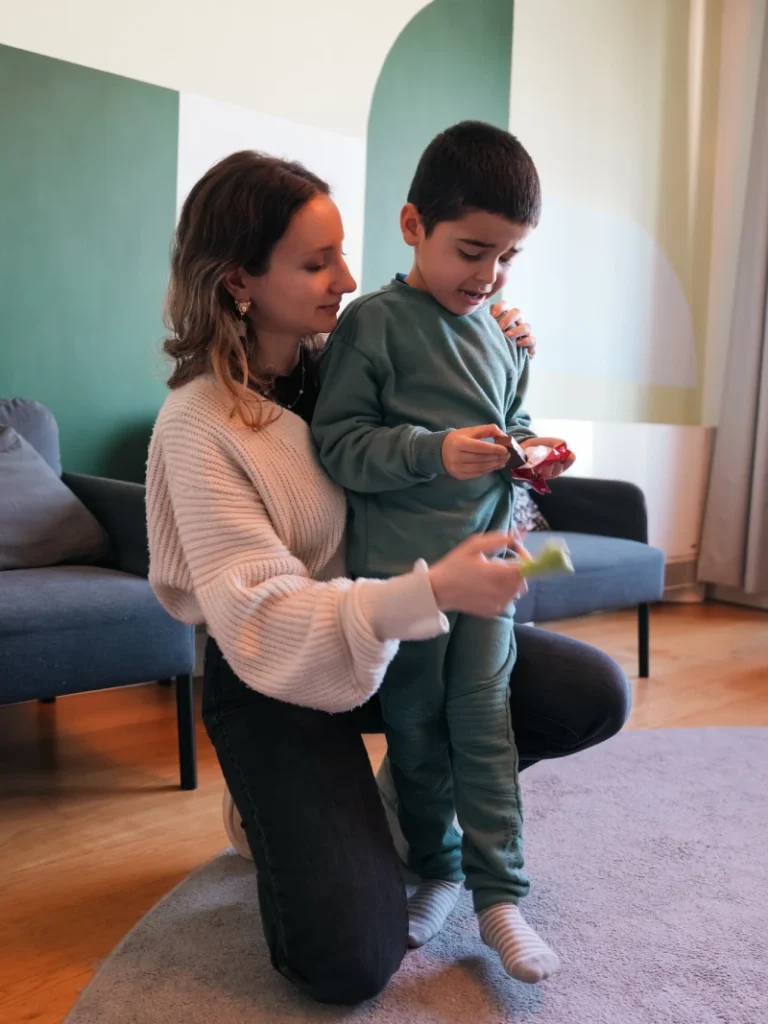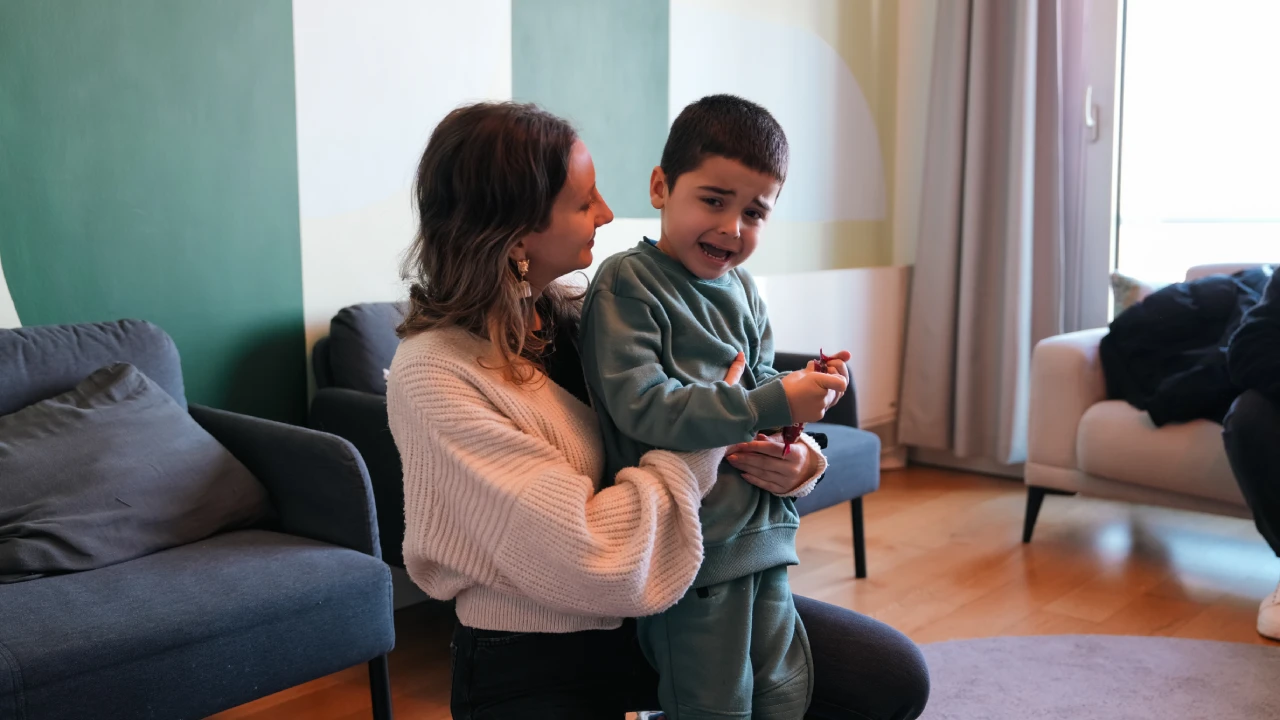Table of Contents
🌿 Introduction: What If the Beginning Holds Clues, Not Blame?
Every family’s journey is different. For some, it begins with questions about the birth experience—especially when a child shows signs of developmental differences later on. While researchers have found that certain birth complications might be linked to neurological outcomes, this information is not about blame—it’s about understanding and empowerment.
More families are now looking into Stem Cell Therapy for Autism as one of the ways to support their child’s unique development. Let’s explore what science tells us and how it’s helping shape new paths forward.
🩺 What Are Birth Complications and Why Do They Matter?
Some Common Complications Studied in Research:
- Preeclampsia – a condition during pregnancy marked by high blood pressure
- Cord Issues – such as nuchal cord or cord positioning that may affect delivery
- Emergency C-section or prolonged labor
- Early birth or low birth weight
It’s important to note that these are not rare or preventable in many cases, and they occur in pregnancies around the world—even with the best care. They are simply medical events that may give us clues about a child’s later development.
🧠 “We’re learning that certain patterns at birth may be linked with how the brain processes information later in life. This isn’t about prediction or certainty, but awareness.”
— Pediatric Neurologist, Dr. L. Martinez
🧪 The Link Between Birth and Brain Development
Scientific research has increasingly examined how certain birth experiences might influence brain function:
- Studies have found that children born following perinatal complications may have different patterns of brain connectivity.
- Conditions like preeclampsia or reduced oxygen flow during birth may contribute to inflammation in the developing brain—an area of focus in autism research.
But again, these findings are not about pointing fingers. They help clinicians better understand how to support the brain in its earliest stages and beyond.

🧠 Inflammation, Brain Development, and Neurodivergence
When the brain is affected by early stress—such as low oxygen or immune activation—it may influence:
- Neural connections (how parts of the brain communicate)
- Sensory integration
- Behavioral responses
This is part of a larger field of study exploring how neuroinflammation might contribute to autism spectrum traits. But just as the brain can be affected, it can also be supported—and that’s where new therapies come in.
🌱 A Supportive Option: Stem Cell Therapy for Autis
Families today are exploring science-backed, regenerative approaches like stem cell therapy for autism. This therapy does not aim to “fix” children, but to reduce inflammation, promote healing, and potentially support better communication between brain cells.
What Is It?
- It involves using mesenchymal stem cells (MSCs), typically from bone marrow or other sources.
- These cells are known for their immune-regulating and repair-supporting properties.
- They are administered in a controlled, medical setting as part of a larger care plan.
🌟 What Families Are Saying
Many families who have explored this therapy report meaningful improvements—each unique to their child’s journey.
- A child beginning to respond to their name
- More comfort in social settings
- Increased calmness or better sleep patterns
These real-life stories reflect the diverse and personal nature of autism—and how healing can look different in every child.
✅ Summary: Knowledge as a Tool, Not a Judgment
Learning that birth complications may be connected to neurological patterns later in life should never make a parent feel at fault. Rather, this information is a tool for understanding—a way to explore what’s possible.
Families around the world are seeking therapies that reflect hope, compassion, and science. Stem cell therapy for autism is just one option among many, and it is helping children thrive in their own way.
❓ Frequently Asked Questions
Did something go wrong during birth to cause autism?
No one single event causes autism. Some birth factors may add to overall neurological sensitivity, but autism has many influences, including genetics and environmental factors.
Can stem cell therapy replace traditional therapies?
It is not a replacement, but may be used alongside other supports like speech therapy, occupational therapy, or special education.
Is it safe for children?
When conducted by qualified professionals and based on proper evaluation, stem cell therapy has been found to be safe and well-tolerated.
Will it work for my child?
Every child is unique. While many families report improvements, outcomes vary. It’s best to consult with a trusted clinic to understand if your child might benefit.
Am I too late to explore this?
Absolutely not. Children and even teens have shown positive changes. There’s no single “right” time—it’s about what works for your child now.
